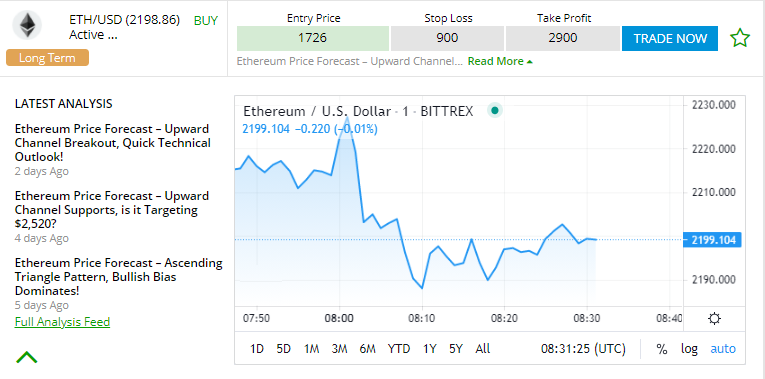Long Term Signals VS. Short Term (Day Trading) Signals
Background
As you probably know already, we at FX Leaders consistently work hard on improving our product in order to help our community with their trading decisions.. With this in mind, in January 2021 FX Leaders introduced long term trading signals as an exclusive addition to our premium members, offering them greater insights into market movements, and allowing them to also Swing trade.
What are long term signals?
While our short term trading signals focus on day-trading opportunities of anywhere from a few minutes to a few hours (rarely exceed a day), long-term signals usually last more than a single trading session or a day, anywhere between a day to a week, possibly even go up to a month, sometimes even longer. While short term signals generate around 15-50 pips, our longer term signals are swing trading ideas in the range of 70 to 300 pips.

Short term VS long term trading signals – key differences:
| Short term signals | Long term signals | |
| Type | Intraday, day trading, scalping | Swing trading, medium-long term traders |
| Average pips range | 15-50 | 70-300 |
| Average time period | Few minutes to a few hours, up to a day. | 1-2 days, up to a week. |
| Potential risk and reward | Quick rewards; Minimized risk due to shorter lock-in period; Possibility for more number of losing trades; Higher commissions for trades; Requires more time and effort from traders to monitor market changes. | Less time consuming – no need to look for trading opportunities on a daily basis; Higher potential for profits per trade; Higher risk for losses; Requires lower commissions; Allows to adjust trade ideas to accommodate market volatility; Takes longer time to realize profits; |
| Instruments | FX Pairs, Commodities, Cryptocurrencies and Indexes | FX Pairs, Commodities, Cryptocurrencies and Indexes |
How do we generate long term trading signals?
FX Leaders’ signals are formulated by our team of expert analysts located around the world and cover all major market sessions, providing ideas to help you trade forex, commodities, stock indices and even cryptocurrencies. This is gleaned by our team of analysts through careful research into fundamentals that can affect the specific instrument – from political developments to economic data such as employment, inflation, GDP, trade balance, and more.
In addition, they require in-depth technical analysis using multiple popular strategies. The use of multiple strategies is essential when it comes to generating long term signals as they can confirm the trend observed and further reinforce the ideas recommended in the signals our analysts publish.
Potential profits and losses
Longer term trades can help you tide over unexpected volatility generated in scalping and intraday trading. However, with the higher profit potential, there is also a higher exposure to risk and to losses. As a result, long term signals involve a higher amount of risk.
What kind of traders can use long term signals?
Long term signals are suited for swing-traders, longer-term traders & investors, and fundamental traders who are willing to step back and take in the bigger picture in terms of fundamental and technical analysis. It is advised that you give long term signals a try only once you have adequate practice in trading the market and have amassed a certain level of knowledge, understanding and confidence about how the market works.
Conclusion
Our long term trading signals are an important tool that can help you understand in a more in-depth manner the market and the macroeconomic factors that move them. As a result, they can help you gain knowledge and become more adept in trading, giving you the confidence to widen your portfolio and experiment with trading more instruments as you develop expertise.
If you are willing to forego the excitement and high that come from markets that see sudden volatility and move fast, and adopt a more patient approach, then we invite you to follow our long term trading ideas. In addition, it might be an effective learning tool to help you improve your knowledge of both fundamental and technical factors that can drive price action in a particular instrument.
